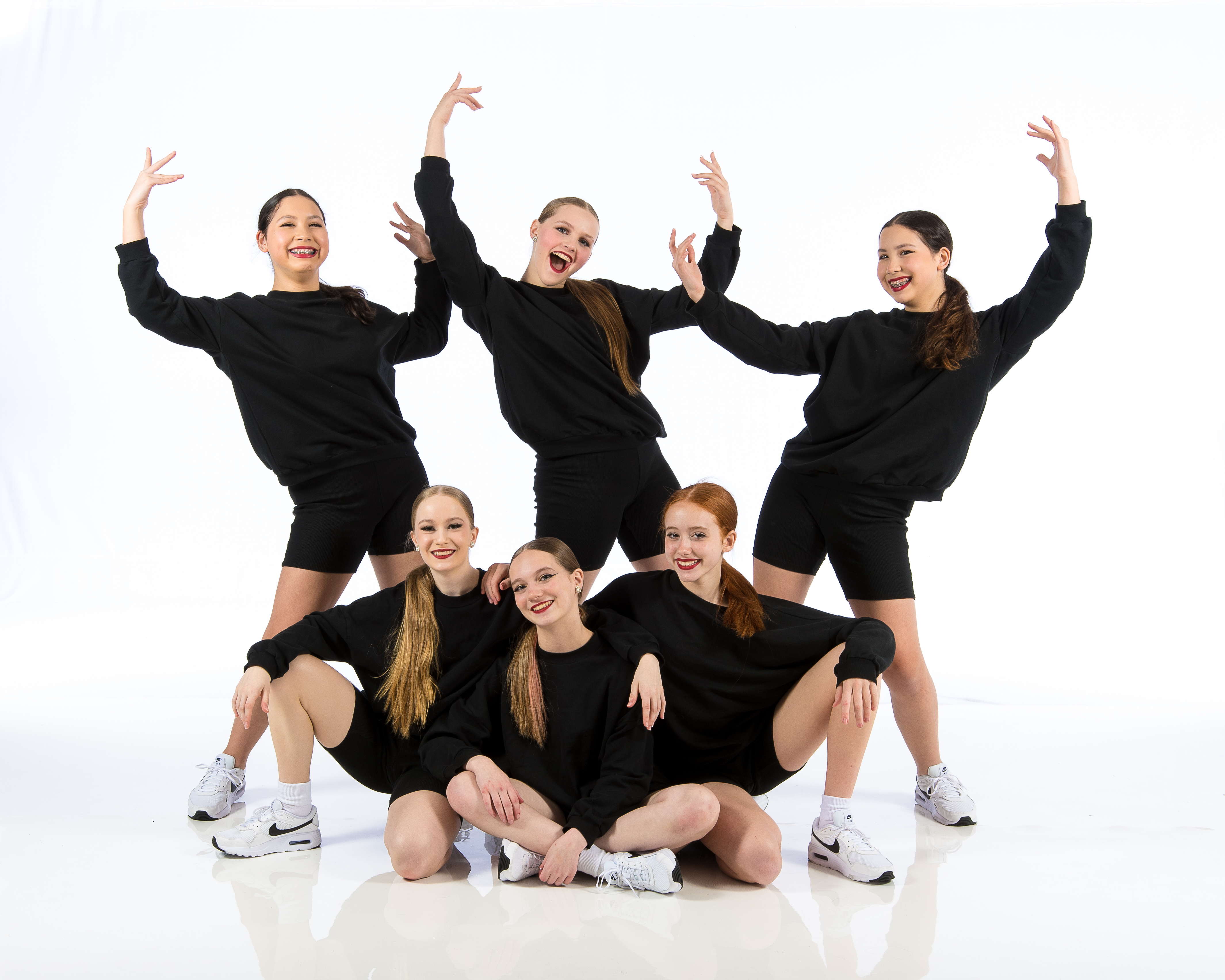Introduction
Ballet dance isn't just a form of artistic expression; it’s a profound journey that unfolds the layers of creativity within each individual. The elegance and discipline involved in ballet can inspire anyone, regardless of age or skill level. In this exploration of ballet, we will delve deep into its history, here techniques, philosophy, and the vibrant community surrounding ballet dance studios and academies. So, let’s pirouette into the enchanting world of ballet dance!
Unleashing Creativity: The Art of Ballet Dance
Ballet is often described as the foundation of all dance forms. With its historical roots tracing back to the Italian Renaissance courts, it has evolved into multiple styles that push the boundaries of creativity. At its core, ballet dance is about expressing emotions through movement while maintaining grace and precision.
A Brief History of Ballet Dance
The Origins: From Italy to France
Ballet began in the 15th century during the Italian Renaissance. It was initially performed at royal weddings and extravagant celebrations. As it made its way to France under King Louis XIV's patronage, it gained formal recognition as an art form.
The Evolution Through the Ages
Over centuries, ballet has undergone significant transformations. The Romantic period brought forth stories filled with passion and fantasy, while the 20th century introduced contemporary styles that challenged traditional norms.
The Anatomy of Ballet: Understanding Movement
Basic Positions in Ballet
To truly appreciate ballet dance, one must understand its fundamental positions:
First Position: Heels together with toes turned outward. Second Position: Feet shoulder-width apart. Third Position: One foot in front of the other with heel touching toe.Techniques that Define Ballet
Every dancer must master various techniques like plié (bending), tendu (stretched), and relevé (raised). These foundational moves set the stage for more complex routines.

The Role of a Ballet Dance Studio
Creating a Space for Expression
A ballet dance studio serves as a sanctuary for dancers to hone their skills. It’s where dreams take flight—quite literally! Studios are equipped with mirrors, barres, and sprung floors to facilitate safe practice.
Community Building at Dance Studios
Ballet dance studios foster camaraderie among dancers—from novices to seasoned professionals. This sense of community encourages collaboration and inspires creativity through shared experiences.
Choosing the Right Ballet Dance Academy
Assessing Curriculum Offerings
When selecting a ballet dance academy, it's crucial to evaluate its curriculum:
- Does it offer both classical training and modern adaptations? Are there opportunities for performances? What about instructor qualifications?
Understanding Class Structure
A well-rounded program typically includes various levels catering to different ages and skill sets—ensuring each dancer receives personalized attention.
Unleashing Creativity Through Technique
Exploring Choreography Styles
Choreography plays a pivotal role in unleashing creativity within ballet:
- Traditional choreography emphasizes storytelling. Contemporary choreography often breaks conventional molds.
Improvisation in Ballet Dance
While structured routines are essential, improvisational practices allow dancers to explore their unique styles—fueling personal creativity within set frameworks.
Mental Benefits of Practicing Ballet
Enhancing Focus and Discipline
Regular practice cultivates mental focus and discipline—skills beneficial beyond the studio environment.
Stress Relief through Movement
Dancing releases endorphins which help combat stress and promote overall mental well-being.
Physical Benefits of Ballet
Building Strength and Flexibility
Ballet Dance AcademyBallet requires strength across various muscle groups while simultaneously enhancing flexibility—a combination that few activities offer so effectively.
Improving Posture and Balance
The alignment principles inherent in ballet help dancers maintain excellent posture—a skill transferable to daily life.
Incorporating Technology in Ballet Training
Virtual Classes: A New Era?
With advancements in technology, many studios now offer virtual classes:
- Pros include accessibility for remote learners. Cons might include limited personal feedback from instructors.
Using Apps for Self-Improvement
Various apps assist dancers in tracking progress through video analysis—a valuable tool for refining technique outside formal classes!
FAQs
1. What age should my child start ballet?
Many children begin taking classes as young as three or four years old; however, every child develops differently! Starting early fosters flexibility but older beginners can still thrive!
2. Is there a dress code for ballet classes?
Yes! Typically students wear leotards with tights or leggings along with appropriate footwear like ballet slippers—this helps instructors assess technique more accurately!
3. How long does it take to learn ballet?
It varies widely based on commitment level; most students see noticeable improvement within six months if they practice regularly!
4. Can adults start learning ballet?
Absolutely! Adult beginner classes are increasingly common at many studios; it's never too late to explore your passion for dance!
5. What should I look for in a good dance studio?
Look for qualified instructors, positive reviews from current students/parents, class variety suitable for different skill levels—and check out their performance opportunities!
6. How important is nutrition for a ballerina?
Nutrition plays an integral role—dancers need balanced diets rich in carbohydrates, proteins, vitamins & minerals—to sustain energy levels during rigorous training sessions!
Conclusion
Unleashing creativity through ballet is not just about mastering techniques; it's about embracing expression—in every form! Whether you’re stepping into your first class at a local ballet dance studio or considering enrolling your child in a ballet dance academy, remember that each pirouette brings you closer to self-discovery and artistic freedom. So lace up those slippers and step boldly onto your own stage—the world awaits your performance!